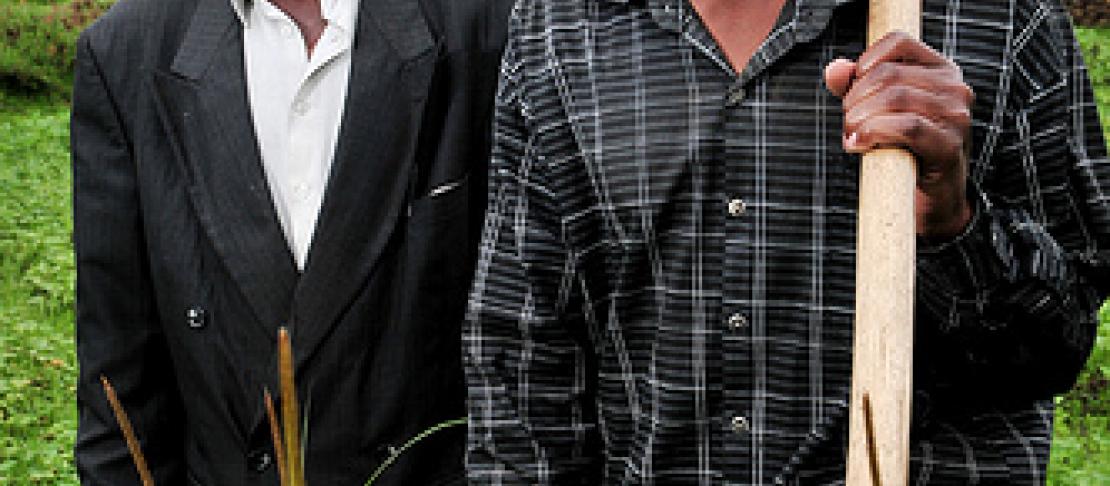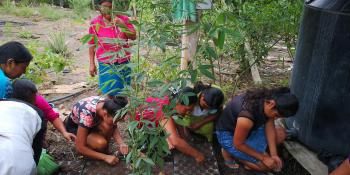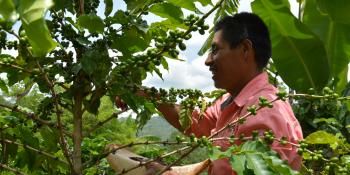We have a plan! Climate-proofing crop improvement

Article by Andy Jarvis, CCAFS Theme Leader. Originally posted at the CIAT Blog
I remember someone once stating in a presentation that there is no single silver bullet to climate change adaptation – we have to throw everything at the problem. In CCAFS Theme 1 on Adapting to Progressive Change we see that adaptation in production systems requires a hard look at reducing the yield gap and effectively managing existing knowledge about suitable practices and technologies to adapt to the future, but we also need to raise the bar by supporting crop improvement to deliver farmers with varieties that can stand up to the many challenges of the future. In DAPA and CCAFS we hope to play an important role in the development of science-based guidance on appropriate crop improvement strategies for a dynamic climate. This is really key because:
1. Crops have been selected and evolved to be adapted to current conditions but as climate changes new traits and characteristics are being demanded by farmers.
2. Crop improvement programs typically take at least a decade to produce an end product, and in a decade models are showing that a lot can change in terms of the climate. Long term investments need long term visions. We need to plan now.
3. A famous study by Williams et al. (2007) found that in the future we will have 30% of the earth covered by novel climates. That means that we are unlikely to have adapted materials for these places.
Breeders have been asking climate change researchers what kinds of conditions they are to expect in their target regions, and a book soon to be published has made a good stab at defining some priorities. But more is needed. So this week, we had a mini-workshop of sharp minds to develop a framework and operational plan for CCAFS Objective 1.2: Develop breeding strategies for addressing abiotic and biotic stresses induced by future climatic conditions, variability and extremes, including novel climates.
And I’m proud to say that we have a plan! We’re opting for a strategy built around the identification of target population environments (TPEs) “through the eyes of the crop”, and then a series of analyses and models that will design virtual ideotypes (combinations of genotypes and management ) for each type of environment. We’ll develop a range of methods, make them available, provide training, work hand-in-hand with the breeding community (and remember that these could be farmers themselves doing participatory plant breeding) and apply in a set of crop case studies. And ever the idealists, we also have plans for connecting researchers to ensure that breeding strategies are coordinated and collaborative. Why not have the Chinese work with the Argentinians if they share similar TPEs?
So we have a plan. What next? Well, we’ll develop the plan into a CCAFS Working Document for publication and that will be our strategic guide over the next 5 years. And we’ll start immediately to implement. We have a few creases to iron out, but the operational plan gives us a road map from here till at least 2014 of the necessary steps to ensure that breeders have the information they need to better target their breeding programmes to the needs of end-users. Our hope is that in 5 years we’re well on the way to having breeding programmes that are producing the next generation of seed for a dynamic climate.


